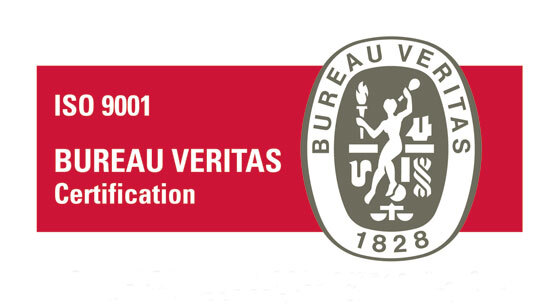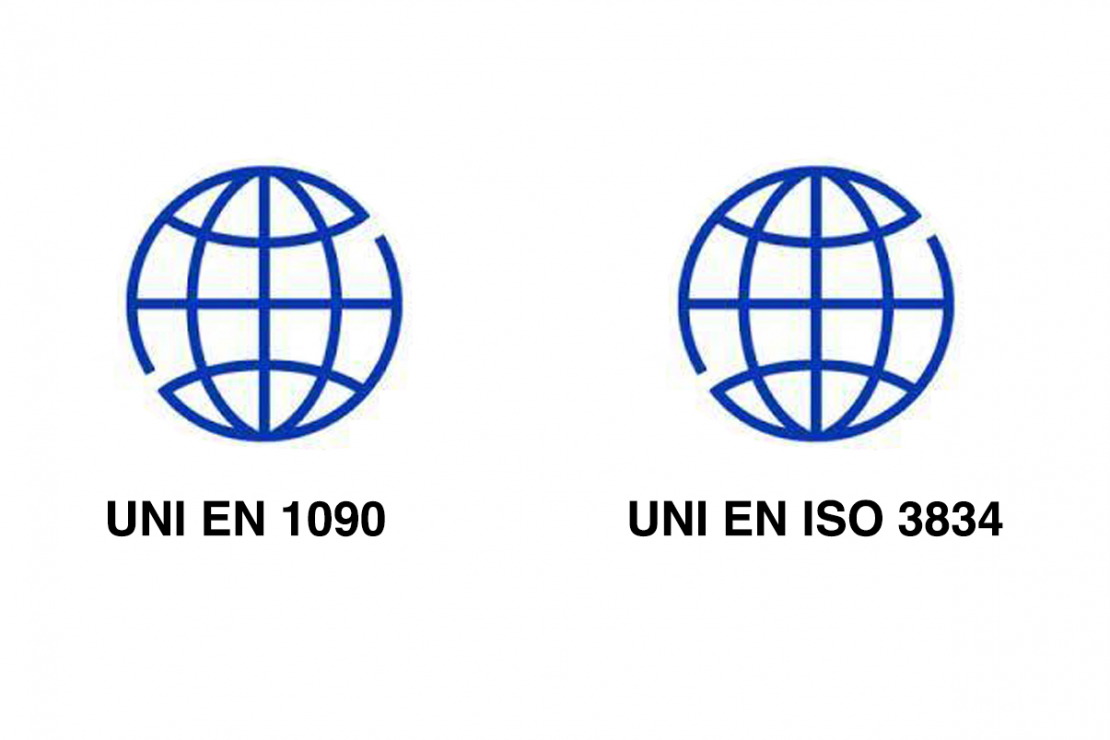IT: Questo sito utilizza i cookie per migliorare la tua esperienza. Daremo per scontato che tu sia d'accordo, ma puoi annullare l'iscrizione se lo desideri. EN: This website uses cookies to improve your experience. We'll assume you're ok with this, but you can opt-out if you wish. Privacy & cookie policy
Hot repair
The term “hot repair” refers to a series of external operations programmed during the furnace production campaign aimed at extending its duration over the years. There are different types of hot interventions that can apply to the upperstructure as well as the glass contact zone.
Overcoating
To avoid glass loss due to the wearing of materials in contact with the molten mass, AZS or Chrome tiles can be applied externally to compensate for the missing thickness.
Worn out tiles can be replaced in turn thanks to controlled cooling of the glass inside the tank.
Crown repairs to furnace and regenerators by installing suspended blocks/hanging blocks
Holes that are created in the furnace and regenerator crowns can be repaired by installing suspended blocks attached to the external structures. In order to completely restore these areas and avoid further flame passages, it is possible to proceed following the installation of these blocks with internal or external ceramic welding, or with the external application of refractory cement suitable for high temperatures.
Anchoring unstable walls and refractory blocks, with inconel bars and hooks, to the external steel bracing
Installing Inconel bars attached to the external structure of the furnace counteracts further movement of intact blocks or fractured block parts. This technique is particularly recommended to inhibit unwanted movement and subsidence of plate blocks.
Anchoring unstable walls and refractory blocks, with water cooled bars and hooks to the external steel bracing
The movement of the upperstructure blocks towards the inside of the furnace can be counteracted by installing water-cooled hooks. In this type of operation, IRF provides the entire anchoring and cooling sysyem.
Reconstructing walls and/or replacing blocks
When the upperstructures are compromised due to significant wear or partial collapse, it is possible to rebuild these areas when hot, without shutting down the furnace.
Replacing upperstructure channel blocks
Generally, upperstructure channel blocks are subject to deep fractures that can compromise the entire stability of the structure and the quality of the finished product. Using special lifting systems, damaged blocks can be removed and replaced with new ones. IRF carries out this type of operation even when a crane or overhead crane is not available in the vicinity.
Bottom repair: installing AZS stones or chips
If the bottom of the furnace has worn areas, it is possible to restore the thickness of these areas and prevent further wear by installing refractory stones. This technique is advantageous in that it is not necessary to drain the glass inside the tank.
Hot Bottom Repair
The purpose of this type of intervention is to restore the thickness of the bottom of a furnace using a special self-levelling refractory cement for high temperatures. After draining the tank, this cement is applied with ad-hoc cooled lances.
Bottom Pumping Injection
An IRF patent after years of testing The purpose is to solve the problem of large cross or float furnaces where access to the sides is limited. After drainage, the worn areas are repaired with self-levelling refractory cement using ad hoc injections directly from the bottom.
Thermal cleaning
Sulphates deposited over time inside the stacks formed by the regeneration chamber checkers cause an increase in pressure and, consequently, accelerated furnace wear. By using gas-air lances designed specifically to reduce the thermal stress of the rider arches, these sulphates can be melted and drained into the base (from where they can then be removed), restoring normal pressure conditions.
In order to eliminate any risks from the use of gas, our system uses a unit to safely control and manage the gas flows.
ShotCreting
Using a special high-pressure pump, refractory cement can be hot (or cold) applied in order to create new protective and insulating layers.











